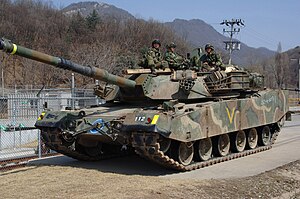Danternoust wrote:The Manticoran Empire wrote:Not really. The Israeli companies are Israeli, built up by an Israel that couldn't count on foreign arms supplies for the first 20 years of its existence and so was forced to develop a domestic arms industry.
I guess I am in the wrong timeline, and so we have no common ground to talk about.
No. I just follow the Military and Defense world as closely as possible. Not everything is entirely reliant on Western companies to be accomplished. Israel, South Korea, Japan, China. These countries and others are entirely capable of developing and deploying their own military equipment with no Western aid and all four do it routinely.








